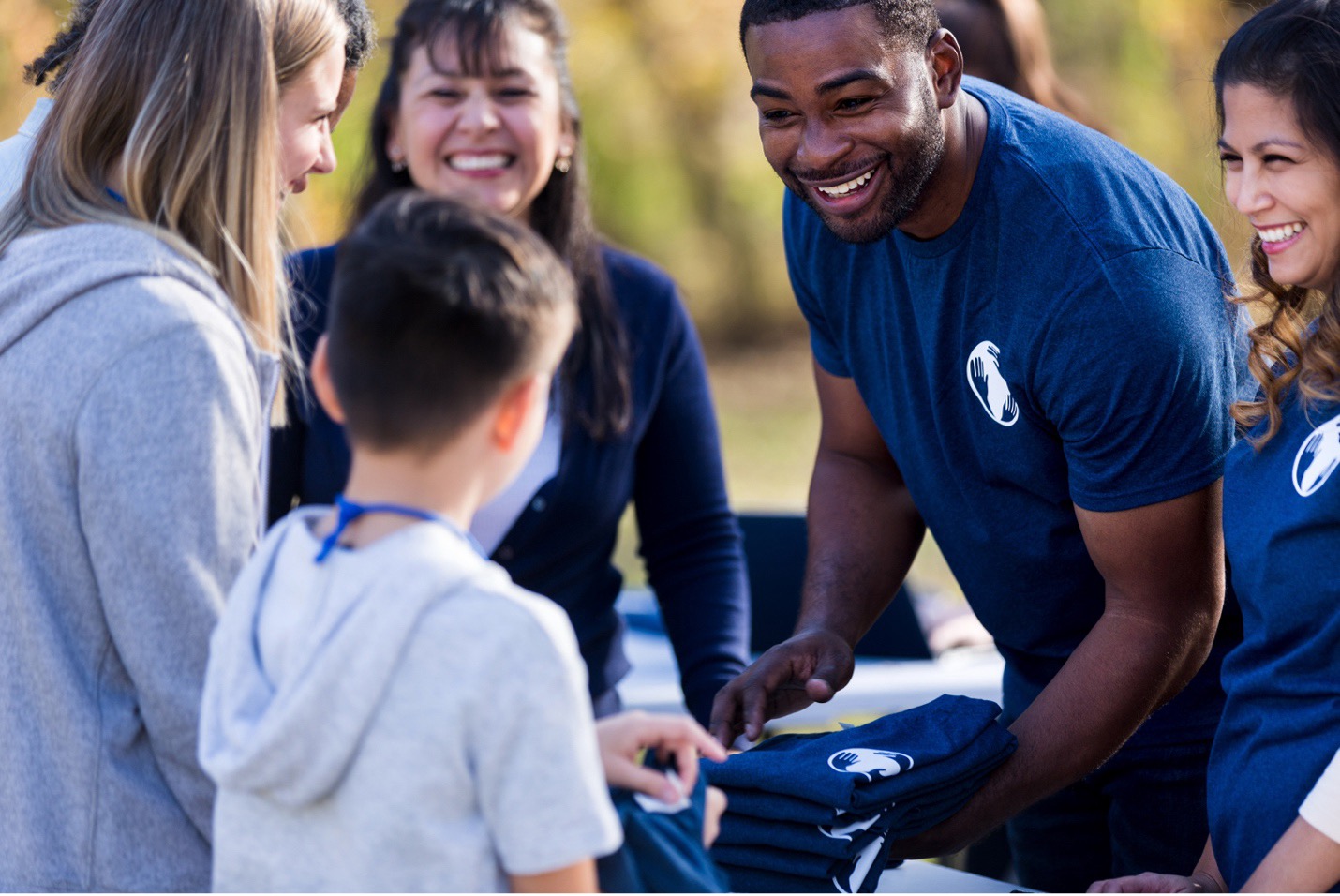Are you seeing around the next corner?

In 1998 I led my first international vision trip with four major gift prospects. We were in Malaga (the southern tip of Spain). While there, I began forming ideas around the value of ‘fun’ and ‘play’ in major gift fundraising. “You know what we should do?” I thought to myself, “We should go to a bullfight!” Then I proceeded to convince myself and everyone else on the trip to attend a local bullfight.
It turned out to be a bad, bad idea. Just brutal. To this day (I’m not kidding) one of the couples who came with me on that trip still teases me about the ill-fated bullfight.
Fast forward to a recent experience. I participated in an assessment developed by Patrick Lencioni’s team called “Working Genius” (worth checking out). The assessment revealed that my natural gift is to intuitively and instinctively evaluate ideas and situations. I asked the consultant to clarify the meaning using different words. He said this: “You have a unique ability to see around the corner before you get to the intersection.” That resonated with me.
I immediately remembered the bullfight. You might be thinking I didn’t see around that corner very well. Literally that was true…however figuratively it was a (dubious) win. What I saw around the corner was the chance to create an epic memory of play. That we did...although horrendous, I’m pretty sure none of us would do it again.
Here’s what I’ve discovered about my ability to see around corners: It’s flawed. Just because I see something doesn't mean I'm seeing it accurately. Rather, I do my best to take everything I know and/or believe about the current situation and then offer some ideas that might impact our behavior going forward.
So…here is what I see around the corner in charitable fundraising efforts…and what I believe it means for how we conduct our sacred work:
Corner #1: We’re going to wonder why we spent so much time and energy trying to convince people to give cash to our charitable causes.

What does this mean? While it is true that there is a current mini trend of wealthy people putting more assets into cash, it’s still 25% or less of their total holdings. Their primary goals for cash are stable passive income and emergency reserves. It’s a heavy lift to convince them to part ways with those objectives.
However: Many wealthy people are not aware of how their non-cash assets have vast potential to help causes to thrive. Do you have your peripheral vision dialed up for these opportunities? If you’re in the USA, take your local National Christian Foundation contact to lunch and enjoy a masterclass in this world of charitable opportunities. Outside the USA? Connect with the great folks at TrustBridge Global Foundation.
Corner #2: Investments in business initiatives for social and spiritual impact will become commonplace. Eventually we’ll forget the days when charitable dollars from foundations and donor advised funds went primarily to charities.

What does this mean? Increasingly, there is a blurring of lines between the for-profit and non-profit sectors. This indicates a trend towards impact investing, where givers seek not only to contribute to good causes but also to drive sustainable, systemic change through market-driven solutions. I have spoken with more than a few high net worth individuals who believe they’ve seen more positive impact from a failed business investment than an outright grant.
Another important consideration: It will likely become mainstream for nonprofits to achieve sustainability and resilience through earned-income strategies that are supplementing (or fully funding) their programs and services.
Corner #3: Digital and virtual fundraising and communication will ‘rule the day’ in all channels of fundraising, including major gift work.

What does this mean? As digital and virtual tools become more prevalent, they will likely become the primary means of engagement and transaction in fundraising. This shift could democratize giving, allowing more personalized and direct interactions between givers and beneficiaries regardless of geographic/demographic boundaries.
Here’s my practical advice: Start posting regularly (~5 times a week) on LinkedIn to educate and inspire people about your cause. Keep your ‘calls-to-action’ limited. Behave like a teacher. Most, if not 100%, of the major gift decision-makers (business owners, executives, and philanthropists) you’re hoping to connect with are on LinkedIn.
Corner #4: We will engage directly with women more and more as they increasingly hold the purse strings to charitable giving and impact investing. Today women control one-third of total available assets among US households (USD$10 trillion dollars).

What does this mean? Recognizing women's growing financial influence is crucial. As women control a significant portion of wealth, their priorities and perspectives are reshaping how philanthropy is approached. Charities and social enterprises will need to tailor their strategies to engage with women not just as givers, but also as leaders and decision-makers in philanthropy. And, if you haven’t already, spend some time checking out Women Doing Well.
What do you think? I welcome your thoughts, insights, and push backs on these observations. What corners are you looking around? If you’re interested in talking further about these topics, schedule a call with me. I would love to hear more about your work and help you multiply your results in major gift fundraising.
* * * * * * * * * *
If you haven't taken advantage of some of the resources I've created to help major gift fundraisers, take a look now! My goal is to provide best-in-class training and coaching at accessible price points. The return on investment is truly extraordinary. Here are the available options to energize and multiply your efforts in major gift fundraising:
* The Catalyst Course - an online course for those who are tasked with major gift fundraising. The cost is $500 and you can take it at your own pace. This is the full enchilada - everything I have learned and succeeded and failed at over the years. The reviews on this course have been outstanding. The return on investment is exponential.
* The Catalyst Course, "Bitesize" style. Don't feel like you need the whole course? It's now available in separate modules or sessions which you can engage for as little as $50. Some of my most popular teachings are on "Systems" (in the Fundamentals module) and "The Ask" (in the Sacred module).
* Live Coaching. Or as I sometimes call it, "Brain Rental". I'm not going to be modest here. When people rent my brain to talk about major gift fundraising strategies, they have a significant return on investment. It's $400 per 90m session and if you purchase 6 or more sessions up front you get a sweet discount. Let me know if you're interested.
By the way - initial calls with me are free and "no strings attached". Let's talk!
I look forward to hearing about your good work.
Blessings,







